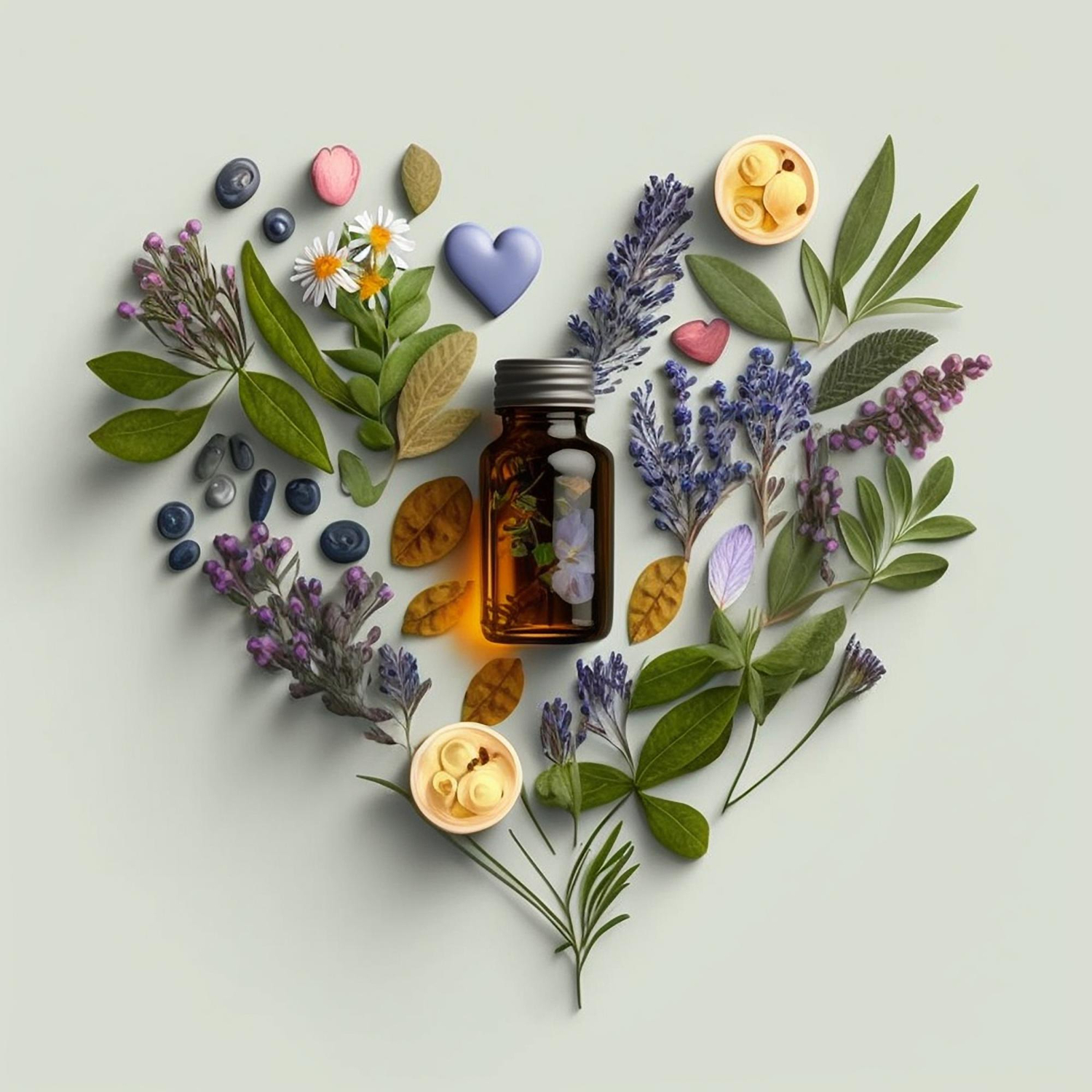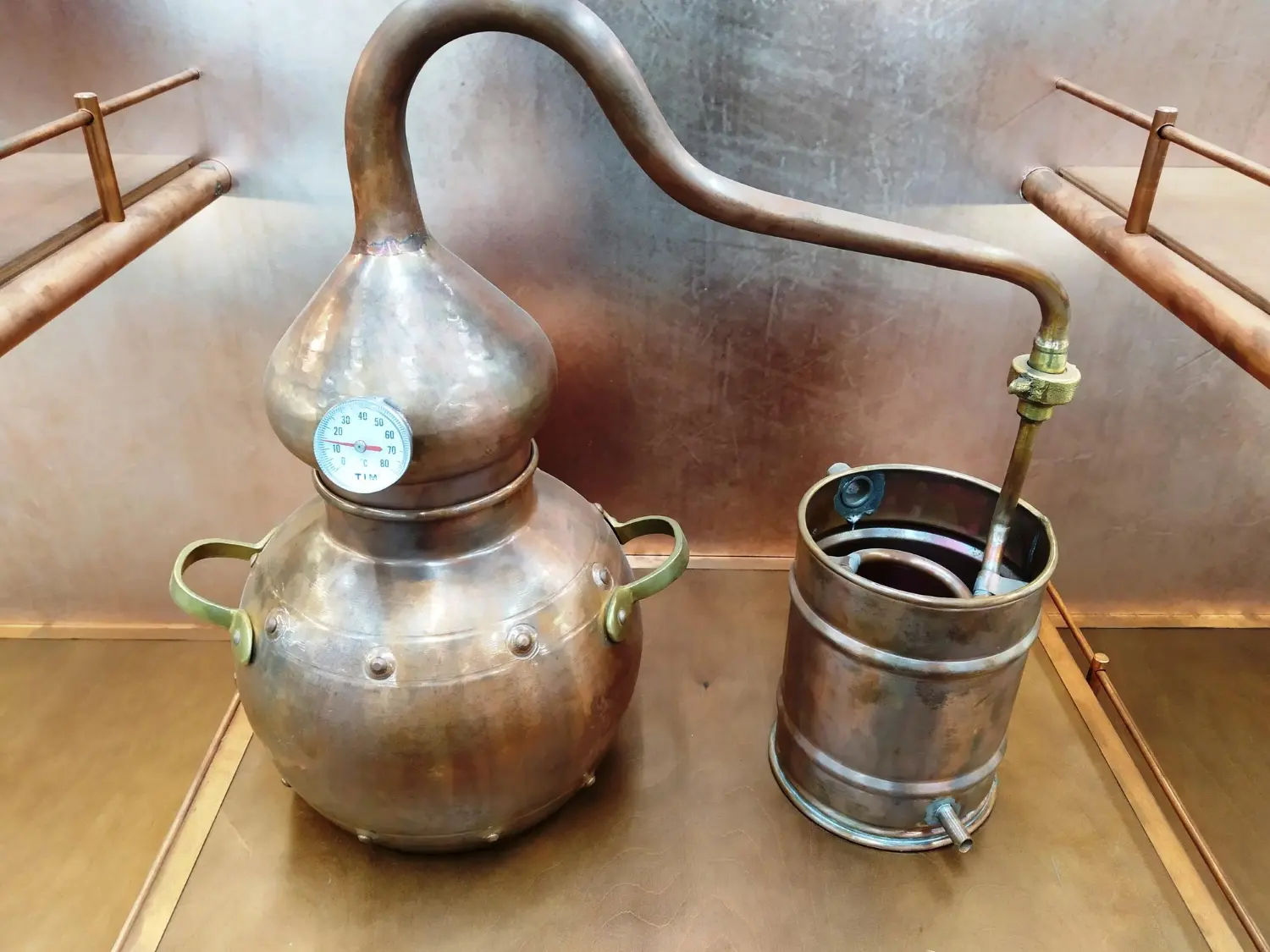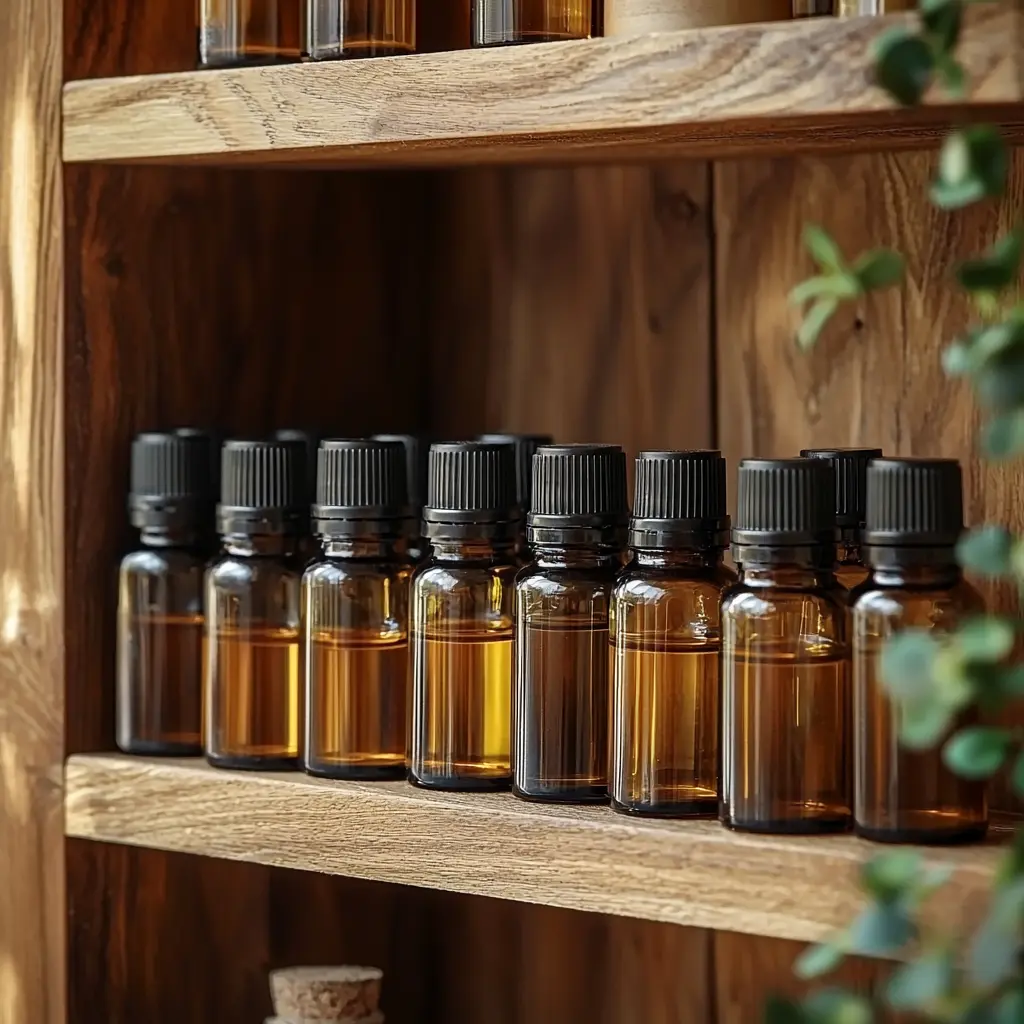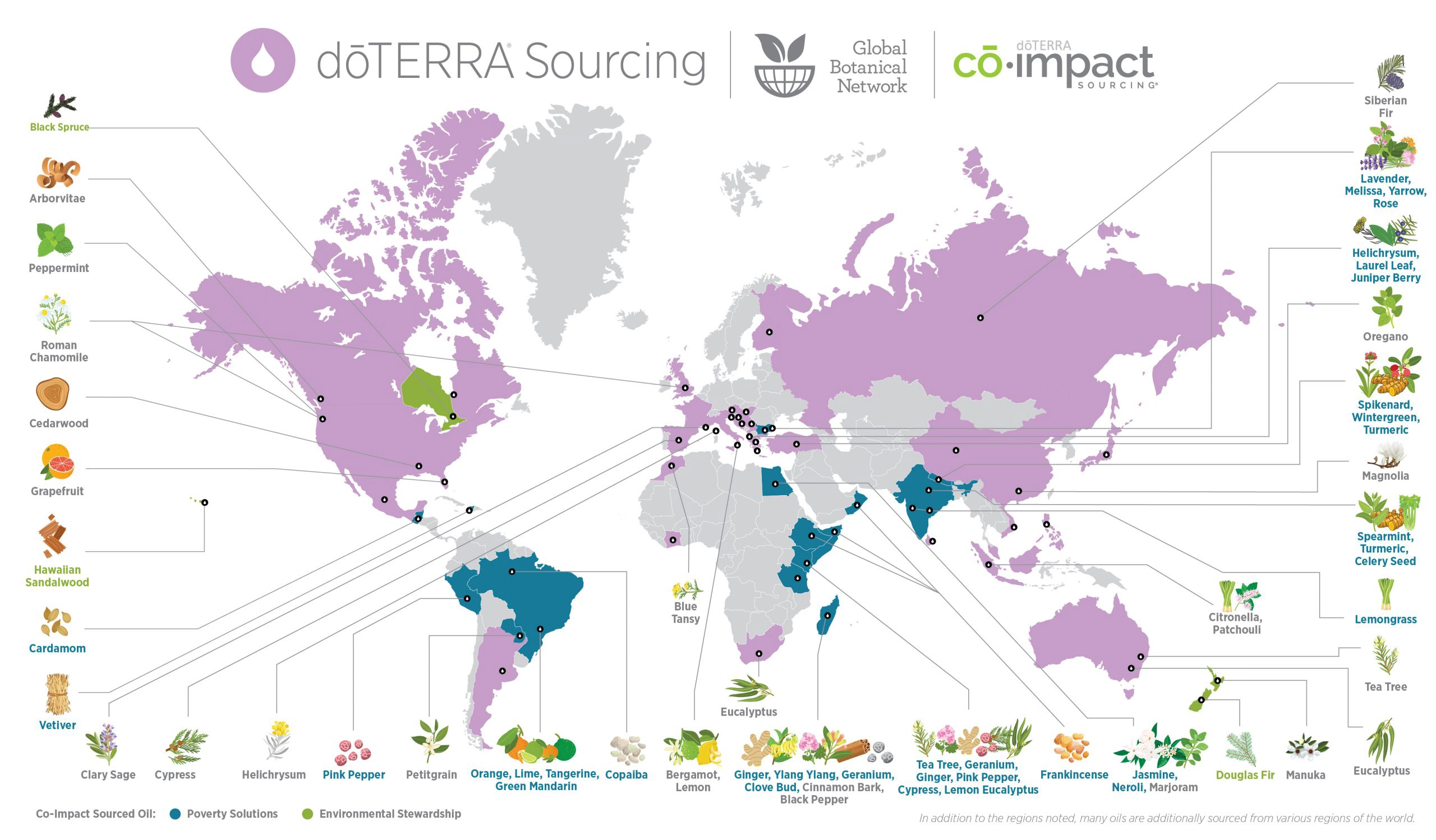Quality of essential oils
The importance of ensuring the quality of essential oils
The quality of essential oils is a crucial factor that directly impacts their effectiveness, safety, and therapeutic value. Whether you’re using essential oils for aromatherapy, skincare, or wellness purposes, their purity and potency determine how beneficial they will be. However, with the growing popularity of essential oils, the market is flooded with a wide range of products, many of which may not meet high-quality standards. From the cultivation of the plants to the extraction methods used, several critical factors influence the purity of essential oils. Understanding what defines a pure and high-quality essential oil is key to making informed choices and reaping their full benefits.
In this guide, we’ll explore the essential aspects of maintaining and verifying the purity of essential oils, from sourcing and extraction to proper packaging and storage. By the end, you’ll know what to look for in a trustworthy product and how to ensure you are using oils that are both safe and effective. Whether you’re a long-time essential oil user or just getting started, learning about the factors that affect the quality of essential oils can help you avoid counterfeit products and ensure you get the maximum therapeutic value from your oils.

Cultivation Practices
The foundation of a high-quality essential oil lies in the cultivation of its source plants. Plants should be grown in soil free from synthetic fertilizers and pesticides to prevent contamination. Organic farming practices are often preferred, as they ensure that no harmful chemicals compromise the plant’s integrity. The geographical location, climate, and soil type also play significant roles in determining the plant’s health and the resulting oil’s quality.
Extraction methods of essential oils
The method of extracting essential oils significantly impacts their purity and potency. Common extraction techniques include:
Steam distillation
Widely used for many essential oils, steam distillation method involves passing steam through plant material to vaporize volatile compounds, which are then condensed back into liquid form.
Cold pressing
Primarily used for citrus oils, cold pressing technique mechanically presses the oil from the fruit peels without the use of heat, preserving the oil’s natural properties.
Solvent extraction
Utilized for delicate flowers, this method uses solvents like hexane to extract aromatic compounds, resulting in a product known as an absolute. However, traces of solvents may remain, potentially affecting purity.

Purity testing and certification
GC-MS Testing
Gas Chromatography-Mass Spectrometry analyzes the chemical composition of an oil, ensuring it matches the profile of a pure essential oil and is free from adulterants.
Certification
Look for certifications indicating organic farming practices or adherence to industry standards, which can provide additional assurance of quality.

Packaging and storage
Proper packaging and storage are vital to preserving an essential oil’s quality. Oils should be stored in dark glass bottles to protect them from light exposure, which can degrade their components. Additionally, keeping oils in a cool, dark place with tightly sealed caps prevents oxidation and maintains their therapeutic properties.
Correlation of price and quality
While affordability is appealing, unusually low prices can be a red flag for compromised quality. High-quality essential oils require significant resources for proper cultivation, extraction, and testing. Therefore, prices that seem too good to be true may indicate synthetic additives or diluted products.
Conclusion
Ensuring the quality of essential oils involves careful consideration of their cultivation, extraction, testing, and storage. By selecting oils from reputable sources that prioritize purity and transparency, consumers can fully benefit from the therapeutic properties of essential oils while safeguarding their health.
The promise of purity of dōTERRA essential oils
doTERRA essential oils undergo a rigorous quality control process known as CPTG® (Certified Pure Therapeutic Grade). This certification ensures that every doTERRA oil that reaches the market has been tested by both internal experts and independent laboratories under the strictest standards. As a result, doTERRA essential oils are not only 100% pure but also safe for use, making them a trusted choice for many wellness enthusiasts.
Each bottle of doTERRA essential oil features a unique batch number printed on its bottom. This isn’t just for show—it’s an essential part of their transparency commitment. By visiting the Source To You website, you can enter the batch number to view the specific test results for that oil. These tests are conducted and verified by an independent organization, the Aromatic Plant Research Center (APRC), which adds an extra layer of assurance regarding the oil’s purity and safety.
In addition to doTERRA’s in-house CPTG testing, the involvement of a trusted third-party lab like APRC highlights their dedication to delivering only the highest-quality essential oils. Whether you’re using these oils for aromatherapy, personal care, or home remedies, you can feel confident that each bottle contains nothing but pure, therapeutic-grade essential oil.
(This article and introduction of doTERRA’s testing process is not sponsored by doTERRA International LLC.)

Young Living’s Seed to Seal®
Ensuring the highest quality in every bottle of essential oil requires precision, integrity, and strict adherence to standards throughout the entire production process. At Young Living, this commitment is exemplified by their Seed to Seal® process, with special emphasis on the critical testing phase that follows distillation. Scientific testing plays a pivotal role in verifying the purity and potency of essential oils, ensuring that each product delivers genuine therapeutic benefits.
Young Living’s testing process is designed to detect any possible dilution, adulteration, or contamination in essential oils. Each batch of oil undergoes an extensive series of tests immediately upon arriving at the Young Living testing facility. These tests ensure that only oils meeting stringent purity and potency standards are sealed and shipped to consumers. If there is even the slightest indication of tampering or that beneficial constituents are below therapeutic levels, the oils are rejected.
Young Living performs six key tests on every batch of essential oil to confirm that it meets their strict quality standards:
- Gas Chromatography – Measures the concentration of plant constituents in the oil.
- Mass Spectrometry – Identifies the individual chemical components present in the oil.
- Refractive Index – Analyzes the density of the oil using concentrated light.
- Specific Gravity – Compares the density of the oil to that of water.
- Flash Point – Tests the temperature at which the oil ignites to ensure safety standards are met.
- Optical Rotation – Assesses the molecular structure of the oil by measuring how it rotates light.
The Seed to Seal® Process
Young Living’s Seed to Seal process is what sets them apart in the essential oil industry. It covers every stage of production to guarantee the highest quality:
- Seed: Only potent plant species authenticated by Young Living and industry experts are used.
- Cultivate: Strict cultivation standards, including soil preparation, proper sun and water balance, and natural weed and pest control, ensure that no harmful chemicals compromise the plants.
- Distill: Young Living uses a proprietary low-temperature, low-pressure steam distillation process to preserve the delicate plant compounds.
- Test: Each batch undergoes Young Living’s rigorous multi-phase testing process to confirm the presence of bioactive compounds.
- Seal: Finally, the oils are carefully bottled and sealed before being shipped to members around the world.
Young Living’s Seed to Seal process is the foundation of their reputation for delivering pure, therapeutic-grade essential oils. Their commitment to quality means that consumers can trust they are using oils free from harmful additives or synthetic substances. This dedication not only ensures efficacy but also supports a lifestyle of wellness, purpose, and abundance.
(This article and introduction of Young Living’s testing process is not sponsored by Young Living Essential Oils, LC.)
Contact info
Author:
Roseware Kft. - Réka Rózsáné Illés
Affiliate programs
I am open to be the part of affiliate programs with essential oil manufacturers and sellers. Contact me!
Copyright info
Photos and texts on this website are subjects of copyright - the owner of the copyright is Roseware Kft. - Réka Rózsáné Illés. Do not use any of these without permission.
